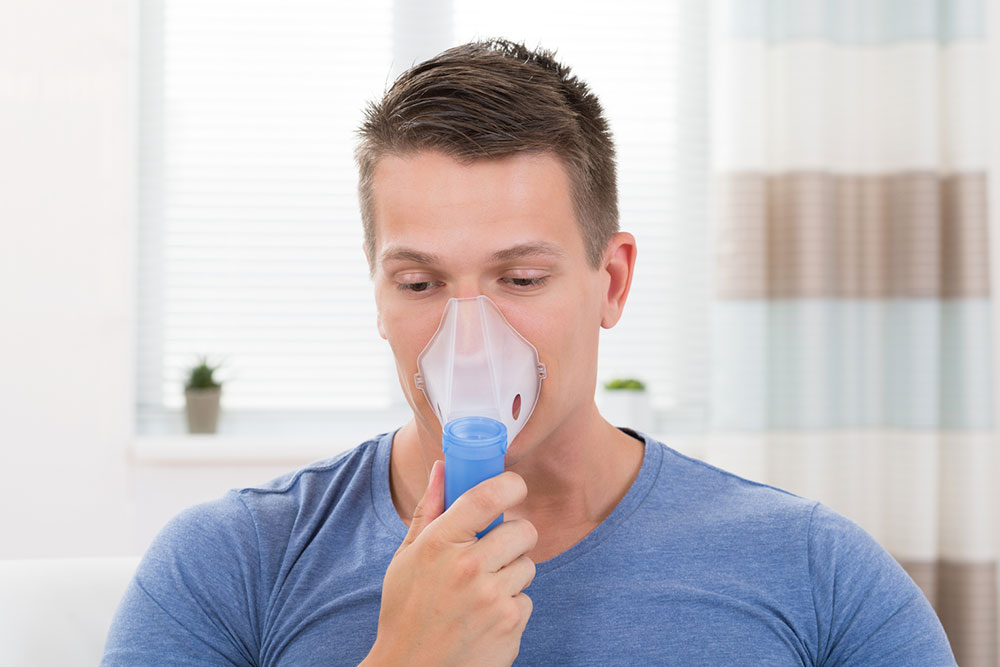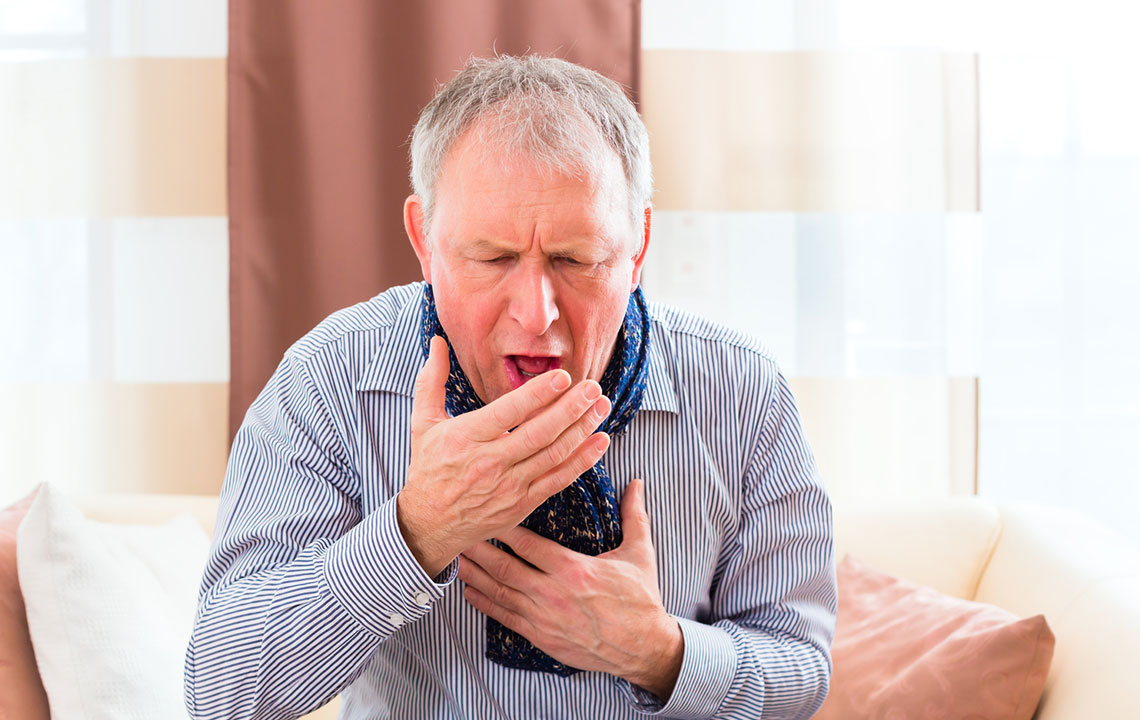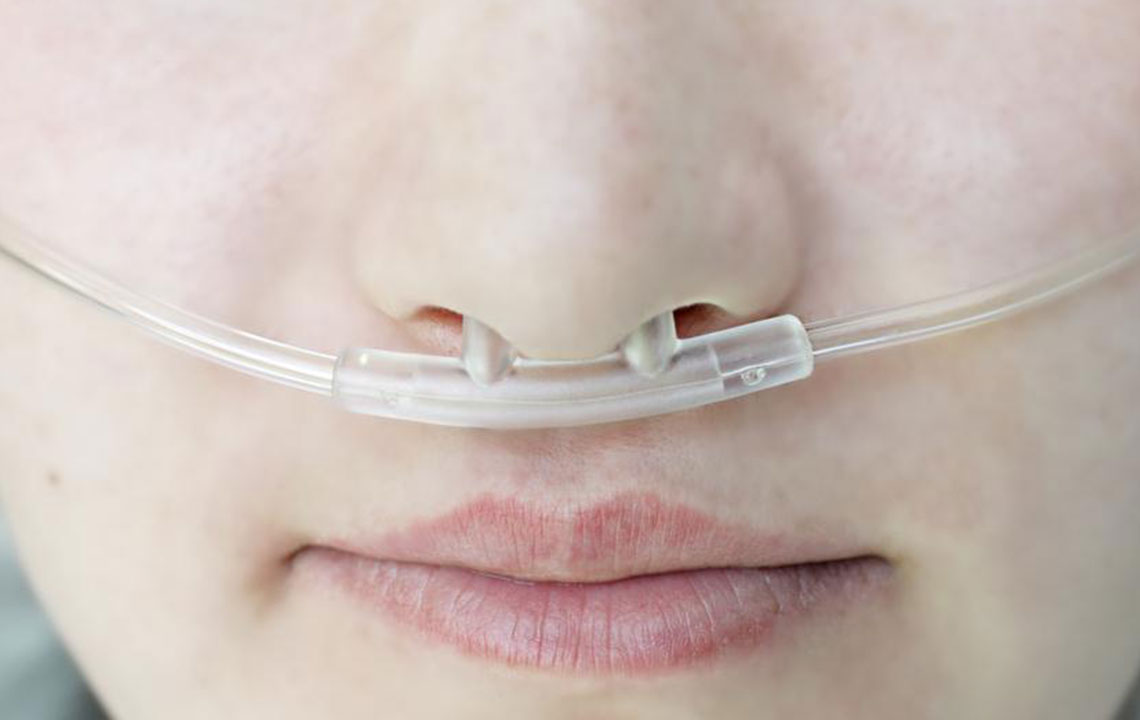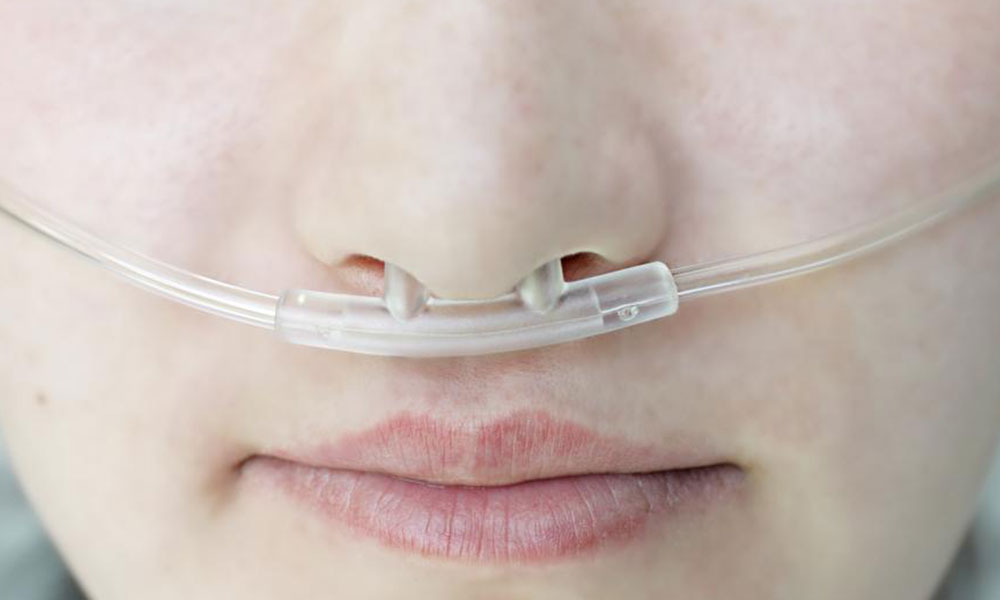Comprehensive Guide to COPD: Causes, Symptoms, and Effective Treatment Strategies
This comprehensive guide explores COPD in detail, discussing its causes, symptoms, and various management strategies. With an emphasis on early detection, lifestyle changes, and advanced treatments, it aims to educate readers on how to improve quality of life and manage the disease effectively. Understanding COPD's progression and adopting proper therapies can significantly enhance patient outcomes and reduce societal burdens.
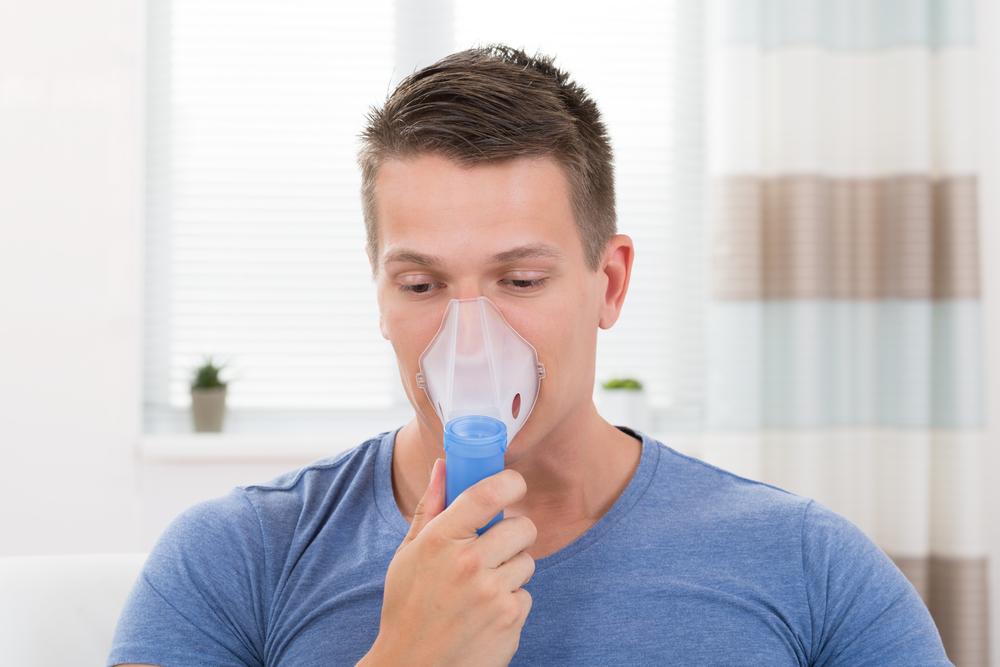
In-Depth Overview of COPD: Understanding Causes, Recognizing Symptoms, and Exploring Treatment Options
Chronic Obstructive Pulmonary Disease (COPD) is a persistent and progressive respiratory condition that significantly impacts airflow within the lungs. It is characterized by airflow obstruction that worsens over time, primarily due to inflammation and structural changes in the lungs. COPD is recognized as one of the leading causes of mortality worldwide, affecting millions of individuals regardless of age, gender, or socioeconomic status. Understanding the intricacies of this disease is crucial for early diagnosis, effective management, and improving quality of life for those affected.
At its core, COPD involves chronic inflammation of the bronchioles—the small air passages responsible for directing air to the alveoli, where gas exchange occurs. Over time, this inflammation can damage the delicate walls of the alveoli, reducing the lungs' elasticity and impairing their ability to exchange oxygen and carbon dioxide efficiently. This damage leads to difficulty breathing, which becomes more pronounced with disease progression. The disease typically develops gradually, often undetected in its early stages, which underscores the importance of awareness and routine lung health assessments.
Various factors contribute to the development of COPD. The most significant among these is prolonged exposure to inhaled irritants, particularly tobacco smoke. Cigarette smoking is the leading risk factor worldwide and is responsible for a substantial percentage of COPD cases. Additionally, passive inhalation of tobacco smoke, often from household members or colleagues, can also increase risk. Occupational exposure to dust, fumes, and chemicals further elevates the likelihood of developing COPD, especially in industries such as construction, mining, and manufacturing. Apart from environmental factors, genetic predispositions play a critical role; mutations affecting alpha-1-antitrypsin, a protein that protects lung tissue from enzymatic damage, can predispose individuals to early-onset COPD—even in the absence of smoking or environmental exposures.
Recognizing the Symptoms of COPD
Persistent cough that often produces mucus or phlegm
Shortness of breath, especially during physical exertion or at rest in advanced stages
Wheezing and a tight feeling in the chest
Frequent respiratory infections and increased fatigue
Blue or gray coloration of nails and lips, indicating low oxygen levels
Unintentional weight loss and swelling in the ankles and legs as the disease advances
Early symptoms are often subtle and can be mistaken for other respiratory conditions, such as asthma or bronchitis. As COPD advances, these symptoms become more persistent and debilitating, severely impacting daily activities and overall health. Recognizing these signs early and seeking medical evaluation is vital for managing the disease effectively.
Effective Management and Treatment Options for COPD
Oxygen Therapy: Portable oxygen devices can significantly improve oxygenation, allowing patients to perform daily tasks with less fatigue and better quality of life. Long-term oxygen therapy is often prescribed for patients with severe resting hypoxemia.
Rehabilitation Programs: Pulmonary rehabilitation involves structured exercise training, nutritional counseling, and education about disease management. These programs help improve lung capacity, reduce symptoms, and enhance overall well-being.
Medications: Bronchodilators, corticosteroids, and combination inhalers are commonly used to reduce inflammation, open airways, and decrease mucus production. Proper medication adherence is crucial to controlling symptoms and preventing exacerbations.
Lifestyle Changes: Smoking cessation remains the most effective intervention to prevent progression and improve prognosis. Additionally, avoiding environmental pollutants, maintaining a healthy diet, and staying physically active can contribute to better disease management.
Surgical Interventions: For severe cases unresponsive to medication, procedures such as lung volume reduction surgery, bullectomy, or lung transplantation may be considered. These surgical options aim to remove damaged tissue, improve lung function, and increase survival rates.
Beyond direct treatment, patients are encouraged to adopt strategies that reduce exacerbations and hospitalizations, such as vaccination against influenza and pneumonia, and regular monitoring by healthcare professionals. Early detection and comprehensive management are essential for prolonging life expectancy and improving the daily living experience of COPD patients.
Educating patients about the disease, fostering support networks, and promoting public awareness can ultimately lead to better outcomes and reduce the global burden of COPD. Advances in research continue to uncover new therapies, including targeted biologics and novel inhaler devices, promising a brighter future for COPD management.
